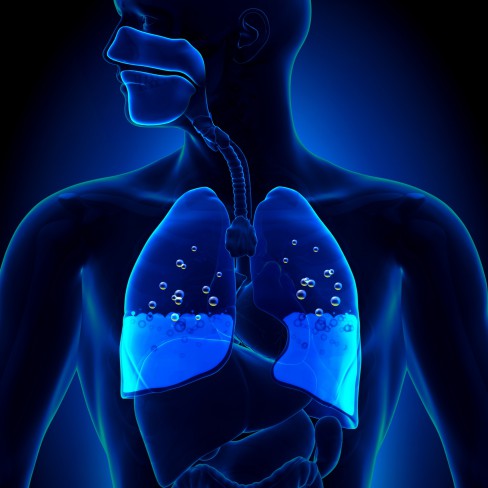


The growing coronavirus disease (COVID-19) crisis has stressed worldwide healthcare systems probably as never before, requiring a tremendous increase of the capacity of intensive care units to handle the sudden increase of patients in critical status. Through the expected mechanisms of COVID-19-induced hypoxemia, as well as the notion of silent hypoxemia often evoked in COVID-19 lung injury and its potential parallelism with high altitude pulmonary edema, from the description of hemoglobin oxygen affinity in patients with severe COVID-19 to the interest of the prone positioning in order to treat severe ARDS patients, this review aims to help caregivers from any specialty to handle respiratory support following recent knowledge in the pathophysiology of respiratory SARS-CoV-2 infection. Then, it is essential that caregivers have a solid knowledge of physiological principles to properly interpret arterial oxygenation, to intubate at the satisfactory moment, to adequately manage mechanical ventilation, and, finally, to initiate ventilator weaning, as safely and as expeditiously as possible, in order to make it available for the next patient. Since the dominant respiratory feature of COVID-19 is worsening arterial hypoxemia, eventually leading to acute respiratory distress syndrome (ARDS) promptly needing mechanical ventilation, a systematic recourse to intubation of every hypoxemic patient may be difficult to sustain in such peculiar context and may not be deemed appropriate for all patients. The growing coronavirus disease (COVID-19) crisis has stressed worldwide healthcare systems probably as never before, requiring a tremendous increase of the capacity of intensive care units to handle the sharp rise of patients in critical situation. 7INSERM U1254-IADI, Université de Lorraine, Nancy, France.6ORL et Chirurgie Cervico-Faciale, CHRU-Nancy, Nancy, France.5INSERM U1116, Université de Lorraine, Nancy, France.4Médecine Intensive et Réanimation Brabois, CHRU-Nancy, Nancy, France.3Département de Pneumologie, CHRU-Nancy, Nancy, France.2Explorations Fonctionnelles Respiratoires et de l’Aptitude à l’Exercice, Centre Universitaire de Médecine du Sport et Activité Physique Adaptée, CHRU-Nancy, Nancy, France.1EA 3450 DevAH-Développement, Adaptation et Handicap, Régulations cardio-respiratoires et de la motricité, Université de Lorraine, Nancy, France.Edem Allado 1,2, Mathias Poussel 1,2, Simon Valentin 1,3, Antoine Kimmoun 4,5, Bruno Levy 4,5, Duc Trung Nguyen 6,7, Cécile Rumeau 1,6 and Bruno Chenuel 1,2 *


 0 kommentar(er)
0 kommentar(er)
